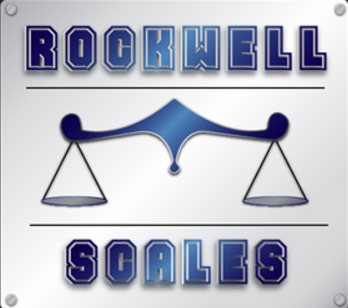The Most Common Truck Scale Calibration Issues You’ll Need to Confront
May 27, 2021 6:00 pm Leave your thoughtsTruck scales get a whole lot of use every day for weighing vehicles and their contents. They play an important role in weight and safety inspections at truck stops and checkpoints on highways, and are even used in certain rail settings.
For operators of these inspection facilities, it is crucial that the scales are in proper working order so they can provide accurate readings. Improper calibration could result in a variety of issues.
Here are a few examples of some of the most common truck scale calibration issues you might encounter in your Montana operation:
- Outdated equipment: It’s important to make sure you’re always working with equipment that’s up to date and fulfills all of the industry standards and requirements. The failure of a single part can result in much more downtime, especially when you consider outdated equipment is not as likely to have replacement parts readily available (if they’re even available at all). There comes a point when it’s time to bite the bullet and replace the equipment with a new model, as difficult as that can be to swallow from a financial standpoint.
- Poor load cell access: Poor access to load cells makes it much harder to keep scales properly calibrated, and also is likely to result in possible maintenance and repair problems. This might occur as a result of a buildup of debris, a failure in the concrete or other factors.
- Environmental issues: If you are to maintain accurate calibration and readings, you must make sure your entire system stays protected from the elements, such as moisture, corrosion and extreme temperature swings. At the very least it’s a good idea to place a roof over the top of the scale. The more you can protect your scale, the easier it will be for you to maintain the proper calibration, and the less you’ll have to spend on regular tune-ups.
- Incorrect load cell placement: Poor access to the load cells isn’t the only load cell issue that could cause calibration problems in your truck scales. There’s also a chance those load cells could be placed improperly. Never use more than eight modules for load cells. It’s generally recommended that you use a three-point system because this type of system is self-leveling. Every load cell should measure the same total load percentage/proportion.
- Electrical issues: Any surges in the electrical supply or other electrical issues could result in improper calibration. For example, if the scale or the load cells are not properly grounded, this could result in the load cells failing, or at least needing to be recalibrated. One of the best ways to avoid this issue is to make sure you stay up to date with regular inspections and maintenance of your system.
For more information about the various issues you might have to deal with in regard to truck scale calibration and truck scale maintenance in Montana, we encourage you to contact Rockwell Scales with any questions. We specialize in agricultural, trucking and industrial scales and are pleased to serve clients throughout the Mountain West!
Categorised in: Truck Scales
This post was written by Writer
